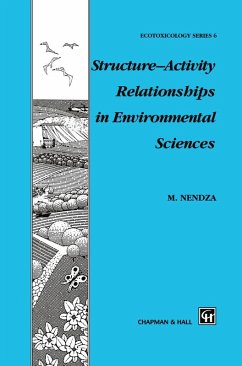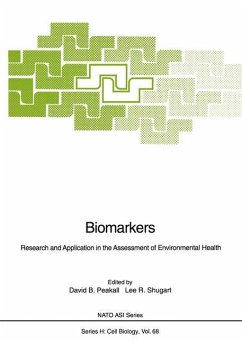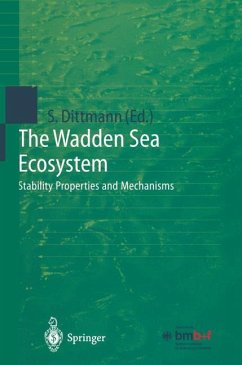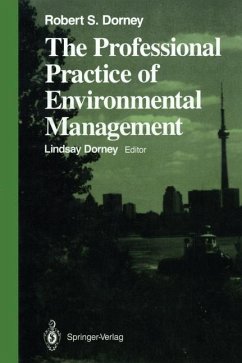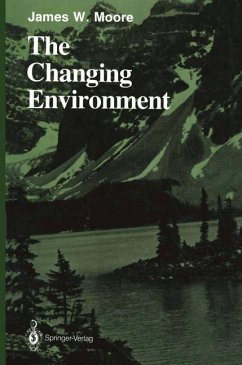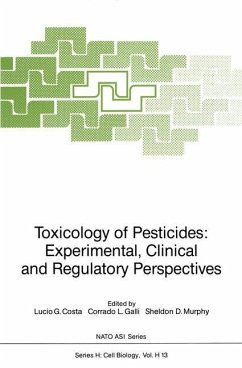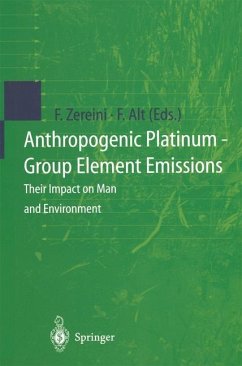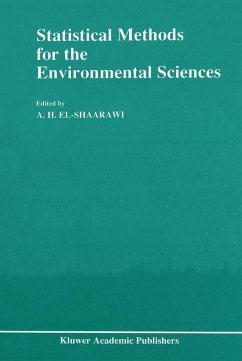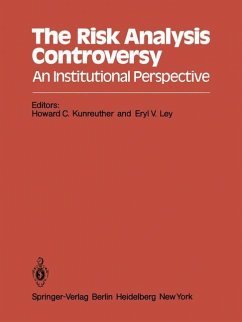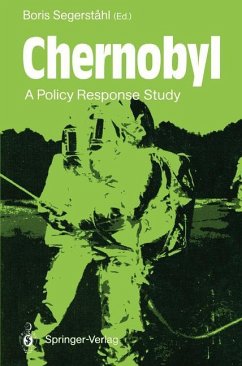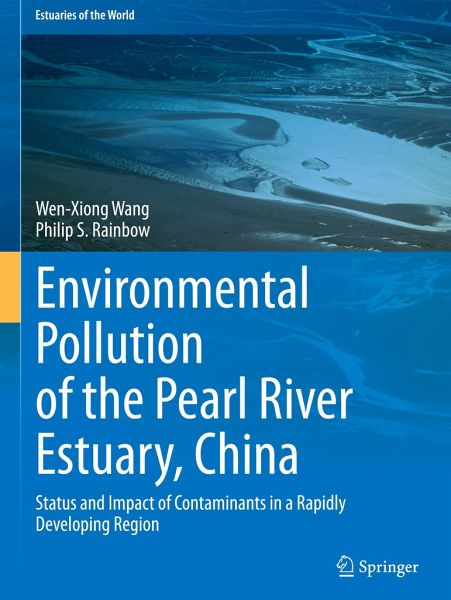
Environmental Pollution of the Pearl River Estuary, China
Status and Impact of Contaminants in a Rapidly Developing Region

PAYBACK Punkte
65 °P sammeln!
The Pearl River Estuary (PRE) is the Western name for a very large estuary in southern China that is currently home to an industrial metropolis of staggering size, and one that is rapidly evolving. The Chinese name for the Pearl River is Zhujiang. Guangzhou lies at the head of the estuary, and Macau and Hong Kong are on the western and eastern sides, respectively, of the wide opening of the estuary to the South China Sea. The new cities of Zhuhai and Shenzhen lie immediately north of Macau and Hong Kong, respectively. The recent establishment of the Greater Bay Area (GBA), which covers the maj...
The Pearl River Estuary (PRE) is the Western name for a very large estuary in southern China that is currently home to an industrial metropolis of staggering size, and one that is rapidly evolving. The Chinese name for the Pearl River is Zhujiang. Guangzhou lies at the head of the estuary, and Macau and Hong Kong are on the western and eastern sides, respectively, of the wide opening of the estuary to the South China Sea. The new cities of Zhuhai and Shenzhen lie immediately north of Macau and Hong Kong, respectively. The recent establishment of the Greater Bay Area (GBA), which covers the majority of the Pearl River Delta area, with a total population of over 70 million, will certainly put the PRE under strict environmental scrutiny. The PRE system itself will provide a model system for environmental scientists owing to its major anthropogenic perturbation and influences, as well as the highly dynamic nature of the estuary.
This book addresses the major environmental concerns regarding this estuary, contaminants and other pollutants, e.g. toxic metals, organic contaminants and emerging compounds. Questions addressed here include: What are the sources of the contaminants? What have the environmental consequences of these contaminants been for the estuary? What will the future bring? The research presented here on the Pearl River Estuary offers a wealth of insights for other major contaminated estuaries around the world.
This book addresses the major environmental concerns regarding this estuary, contaminants and other pollutants, e.g. toxic metals, organic contaminants and emerging compounds. Questions addressed here include: What are the sources of the contaminants? What have the environmental consequences of these contaminants been for the estuary? What will the future bring? The research presented here on the Pearl River Estuary offers a wealth of insights for other major contaminated estuaries around the world.



